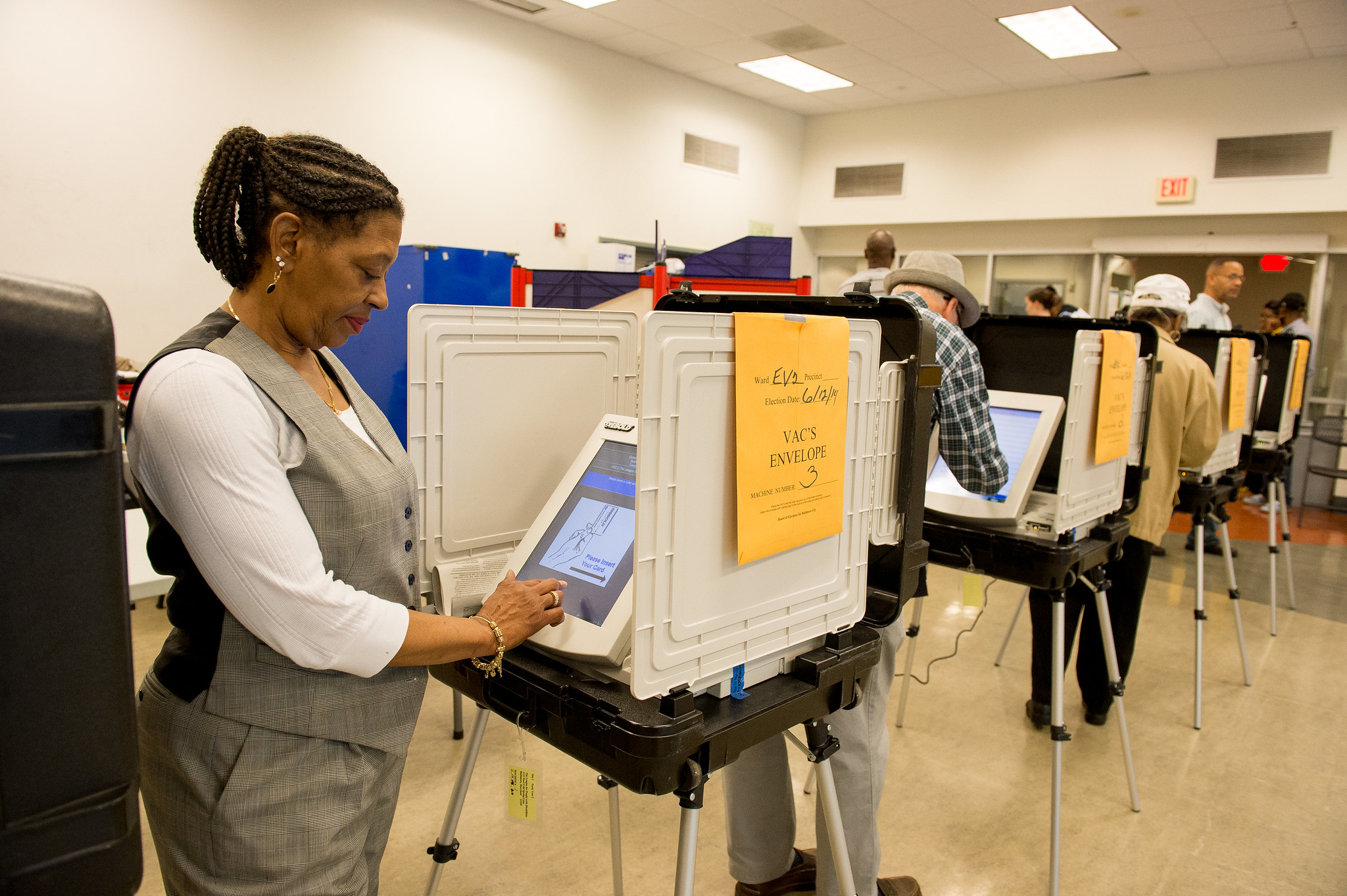The tidal wave of public accusations and firings of high-profile men for sexual harassment and assault, known as the #MeToo movement, has swept across several sectors and industries in recent weeks, including technology, entertainment, finance, and government. But not everyone who experiences sexual harassment and assault as an employee feels included in the #MeToo movement. Hotel and blue-collar workers are often invisible victims of sexual harassment for whom participating in the #MeToo movement either is too dangerous or does not help them. Benjamin Mueller of the New York Times explains that hotel workers, especially housekeepers and janitors, are particularly vulnerable to being sexually harassed because they work alone. While some states and several cities have passed laws to protect hotel workers, hotels tend to put the needs and experiences of guests, especially VIPs, before those of employees. Consequently, workers do not trust management to do anything about their complaints and fear being fired as troublemakers if they do report harassment. Immigrant workers are especially vulnerable because of limited job opportunities. A union survey of hotel workers in Chicago found that 58 percent of them had been sexually harassed by a guest, so this is no small problem. Difficulties for blue-collar workers were recently revealed in an exposé of sexual harassment at Ford Motor Company written by Susan Chira and Catrin Einhorn of the New York Times. The most interesting point about the situation at Ford is that sexual harassment is not a new problem there. Women at Ford filed and won a lawsuit for $22 million in the 1990s for sexual harassment and assault in two Chicago plants. The women endured being groped or rubbed against, male colleagues masturbating in front of them, and offers from supervisors for better assignments in exchange for sex—with retribution if they refused. A number of these Ford women worked with the Equal Employment Opportunity Commission (EEOC) in the 1990s to sue the company and won a settlement, but twenty-five years later, at these same two plants, women are subjected to many of the same abuses. Chira and Einhorn report that when the women complained in the 1990s, they were, “mocked, dismissed, threatened and ostracized.” Many of the men whom they filed complaints against kept their jobs after the settlement, while the women were asked to leave. New sexual harassment lawsuits have been filed with a recent settlement by Ford for $10 million, but, in spite of lots of sexual harassment training, the culture of the organization has never changed. The story of sexual harassment at Ford shows the challenges of transforming an organization’s culture. After the lawsuit of the 1990s, the company did not act aggressively enough to root out the problem. Instead, they
- Delayed firing those accused.
- Let sexual harassment training wane.
- Failed to stop retaliation.
- Failed to staff an antiharassment hotline. They published the number but calls were not returned.
- Instituted policies that required witnesses to prove a claim of harassment.
 Donna Brazile writes in
Donna Brazile writes in